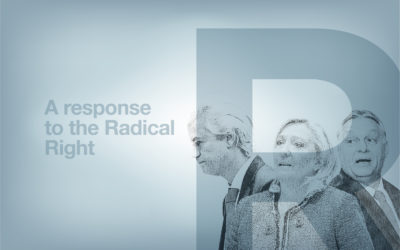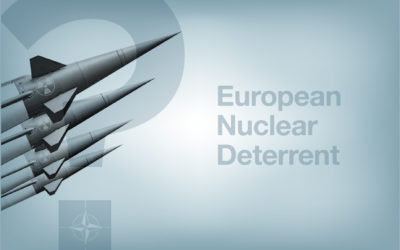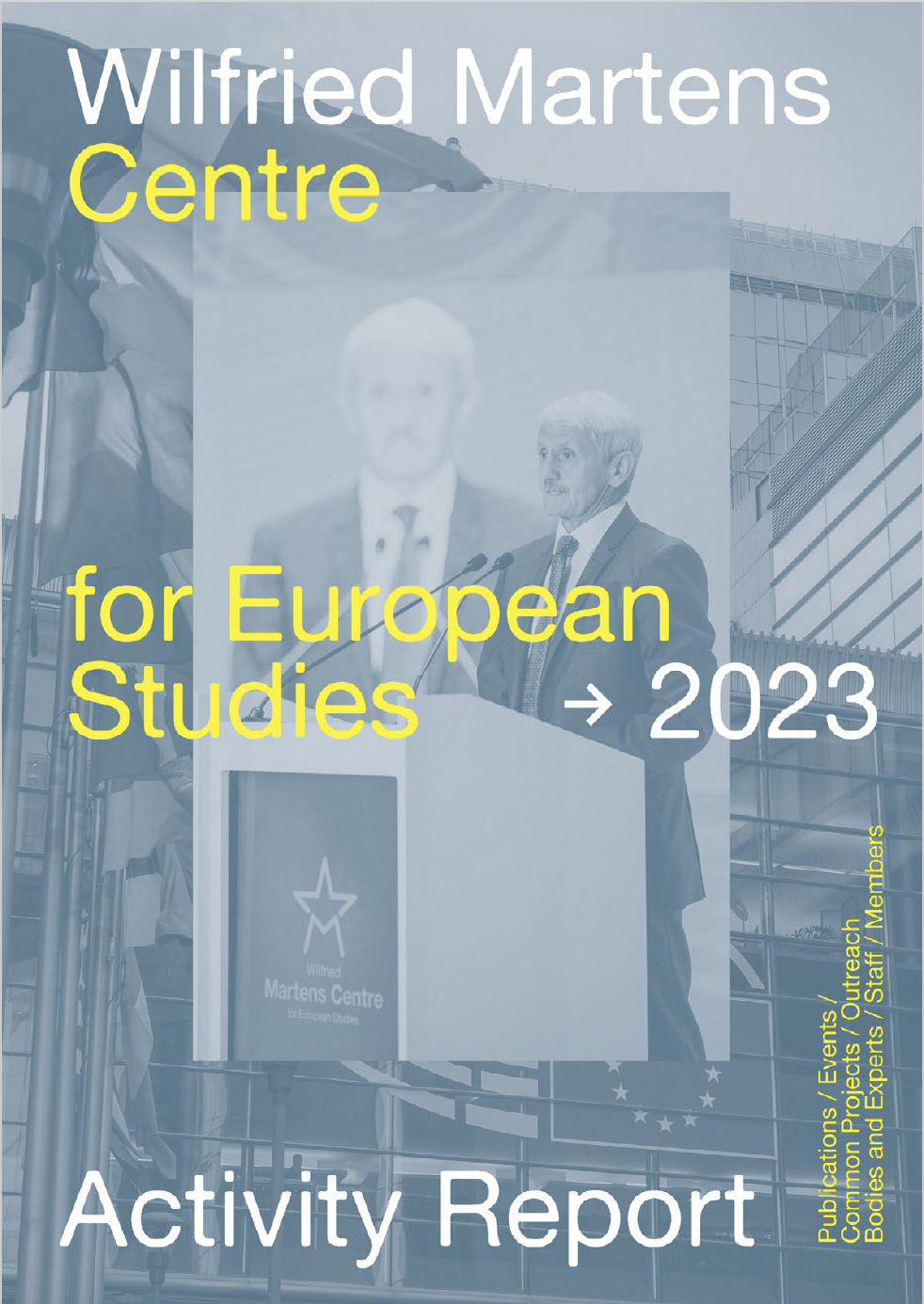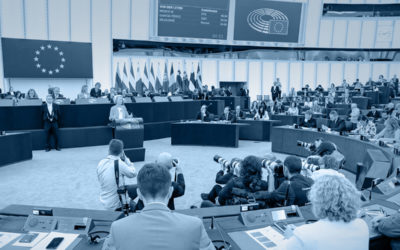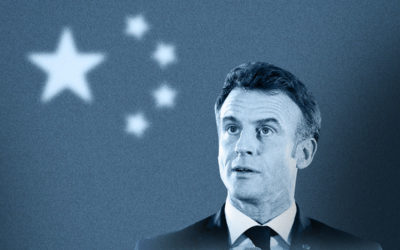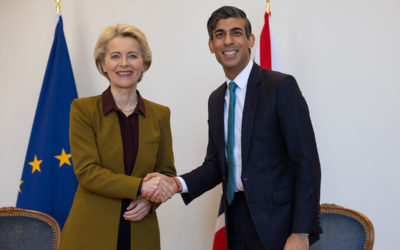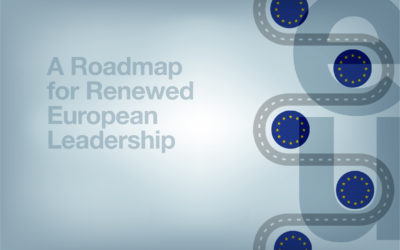The revolution of the ‘sans-cravates’
18 December 2017
According to radical chic writer and lover of ties Tom Wolfe, in 1959 dozens of students enrolled in experiments at the Veterans Hospital in Menlo Park that involved the use of psychotomimetic drugs. Wolfe states that Ken Kesey and his followers—the Merry Pranksters—emerged as a group from those experiments, and it was at that moment that they began loosening their ties.
In politics we have had to wait slightly longer for ties to be loosened. Just a decade ago, before the economic and financial crisis that plunged Europe and the world into recession and a state of deep pessimism, it was highly unlikely that any male political leader who chose to abandon the tie would be perceived as a viable candidate.
In the famous US presidential debate between Kennedy and Nixon (YouTube 2010), which few doubt significantly influenced the result, the youthful Kennedy appeared smiling, tanned, well dressed and, most importantly, relaxed.
Nixon, on the other hand, who was recovering from surgery, looked emaciated. He was sweating and jittery and his pale complexion was exacerbated by the light-coloured tie he wore, ultimately making him appear dishevelled and weak.
Since then, the use of the tie by American male contenders for the presidency has been sacrosanct. Bright red and electric blue have prevailed as the tie colours that symbolise power and leadership and, in short, make a candidate appear ‘presidential’. The culmination of this trend came in 2015 with Donald Trump.
It is rare to spot the self-made, self-tanned millionaire wearing anything other than a suit, often boxy and navy blue. But his choice of tie may be one of the most unmistakable trademarks of his style—or lack thereof.
The bright and sloppy, unusually wide and disturbingly long red tie is one of Trump’s most remarkable hallmarks. When Trump posed after his inauguration at the foot of the White House steps, wannabe-Jackie-Kennedy Melania Trump’s powder-blue designer outfit contrasted starkly with the hastily applied line of Scotch tape holding Trump’s tie together. ‘Tape gate’ has already shown that easy solutions are often unsustainable, if not ridiculous.
But there are solutions that are even easier than applying Scotch tape to tie-related problems—for instance, not wearing a tie at all. For the European left this is symbolically nostalgic. This is the only way to explain their dislike of the tie.
Podemos (We Can!) in Spain, Syriza (Coalition of the Radical Left) in Greece and Mélenchon’s La France Insoumise (Unsubmissive France), to mention but a few of the most recent bastions of the new European left, have decided to agree on the militant abandonment of the tie. The politicians of the new European left have not abandoned moral superiority in the tone of their speeches, but have added an inferiority of dress that they want to pass off as exemplary.
Pablo Iglesias of Podemos has surprised on more than one occasion by attending Congress or receptions with the head of state in a sad Alcampo shirt. After entertaining the public with his calculatedly dishevelled style, he tried to catch up with expectations at the Goyas, the Spanish Oscars, by wearing a hired dinner jacket that was two sizes too big. The message was clear: a leader of the new left does not surrender to the powerful, but to ‘Mother Culture’.
If the twentieth-century left wanted a monopoly on the heart, the twenty-first-century left wants a monopoly on kitsch. Of course Iglesias did not choose to wear this dinner jacket to the vernissage of a modest painter, or to a book fair in a Spanish village.
Like the bigots of another era, who preferred to give alms at Sunday Mass in front of the whole parish rather than committing to a discreet good deed, Iglesias has decided that his efforts at dressing badly should be broadcast live from the red carpet.
Interestingly enough, the leader of Syriza has also made a symbol out of his ‘un-tie-diness’. When Tsipras visited Brussels in May 2015, European Commission President Jean-Claude Juncker decided to take the matter into his own hands.
As Tsipras walked up for their official photograph, Juncker cheekily stretched his own tie over the Greek leader’s shirt, to the delight of the gathered journalists. Tsipras is a bit more measured in his non-use of the tie though. His rebellious instincts have been dampened by a sort of good taste. He renounces ties but still uses outfits and shirts with collars, giving him the air of a best man whose friend’s wedding has gone on for too long.
The title of Tsipras’ former finance minister and former best friend’s bestselling economics book in Spanish is Economía sin corbata (Tieless Economy) (Varoufakis 2015). This proves that the left’s renunciation of the tie is not just a matter of happenstance, but almost an esoteric symbol that goes to the very core of its political reflections.
In France, a heated debate was sparked in the National Assembly when Jean-Luc Mélenchon—nostalgic for the times before the fall of the Wall—arrived in the chamber in an un-French, open-necked shirt. President Macron’s party called it an ‘insult’ to the French people, and angry French Internet users shared photos of Mélenchon wearing a tie when meeting the late Hugo Chávez of Venezuela and Syrian President Bashar al-Assad.
Mélenchon seems to want to reserve the tie for honouring leaders rather than for serving the people. Despite this, he still adopts his signature, faded green Mao-style jacket, which confers on him a certain resemblance to a harmless 1970s comic-book villain.
There is in fact a contradiction between the European left’s love of symbols and its aversion to ties. By declaring war on ties, the European left has deprived itself of a subtle symbol. On the centre–right, Mariano Rajoy’s timeless ties are just like his policies: foreseeable, recurrent and somewhat reassuring.
Fillon brought impeccably tied ties to the French election campaign, but they were perhaps too refined for general tastes. Equally, Sebastian Kurz brought bold, open collars and dry, efficient ties to his bold, dry and efficient programme in the Austrian campaign.
If we return to Tom Wolfe’s anecdote, and to the appearance of the tieless, which began in the early 1960s as a way to indicate non-conformity, it demonstrates once again the conservative tics of the European left.
Revolutionaries have turned into reactionaries. Trapped in an incurable nostalgia, the new left is tied in knots: this nostalgia contradicts the left’s longing for subversion but alas, it is the subversion of another era.
And in the process the left has ended up resigned to an uninspiring ideological copy paste, whose bulwark has been Jeremy Corbyn, the timid, blinking star of European socialism. The market system, we were told at one of the British Labour Party’s recent congresses, has failed (The New Statesman 2016).
This sounded preposterous, not so much because of the statement per se, but because we were left waiting for an alternative. The sauce for the frozen turkey Corbyn served came with an anxiogenic promise—to introduce an era of ‘new forms of democratic public ownership’ brought back from the dead.
Very often we know what the European left is against. But seldom have we known what it is for. Well, the point is taken: it is against ties. Trying to make a statement out of sloppy protocol, the European left is determined, once again, to put old ghosts in old sheets. Tieless sheets.
This satirical review was originally published in the December 2017 issue of the European View, the policy journal of the Martens Centre.
- The New Statesman. (2016). Jeremy Corbyn’s full speech at the 2016 Labour Party conference. 28 September. https://www.newstatesman.com/politics/staggers/2016/09/jeremy-corbyns-full-speech-2016-labour-party-conference. Accessed 29 November 2017.
- Varoufakis, Y. (2015). Economía sin corbata: Conversaciones con mi hija [Tieless economy: Conversations with my daughter]. Barcelona: Destino. Google Scholar
- YouTube. (2010). TNC: 172 Kennedy–Nixon first presidential debate, 1960. JFK Library, 21 September. https://www.youtube.com/watch?v=gbrcRKqLSRw&utm_source=Direct. Accessed 29 November 2017.
ENJOYING THIS CONTENT?




